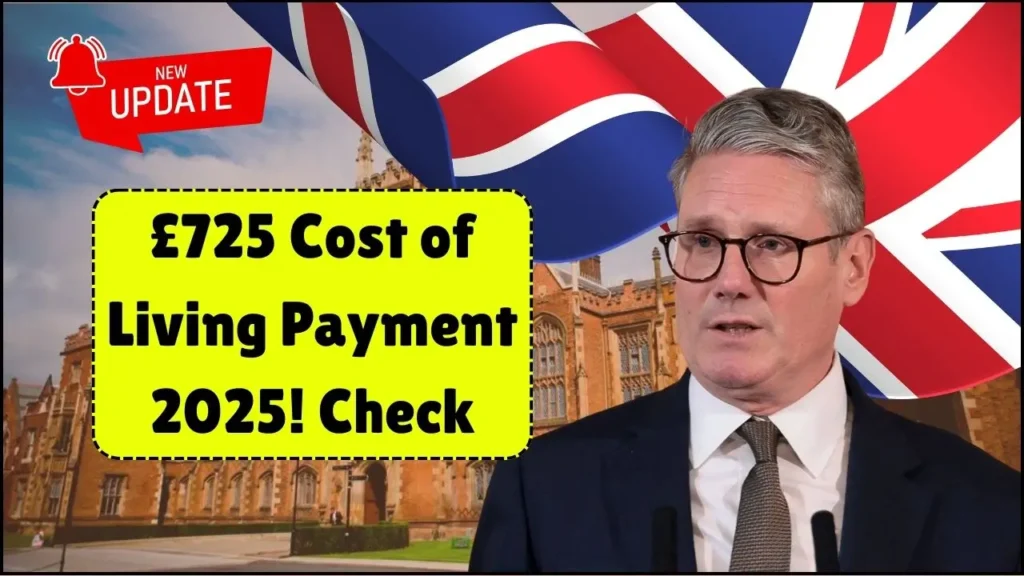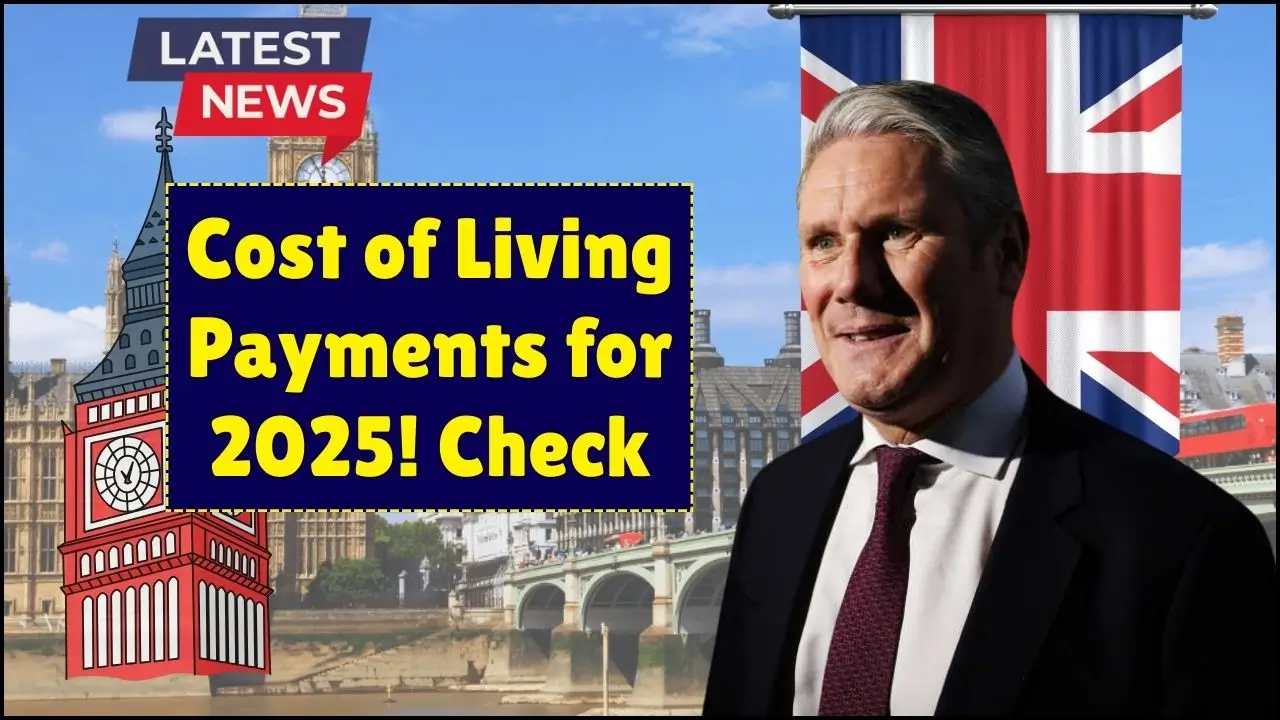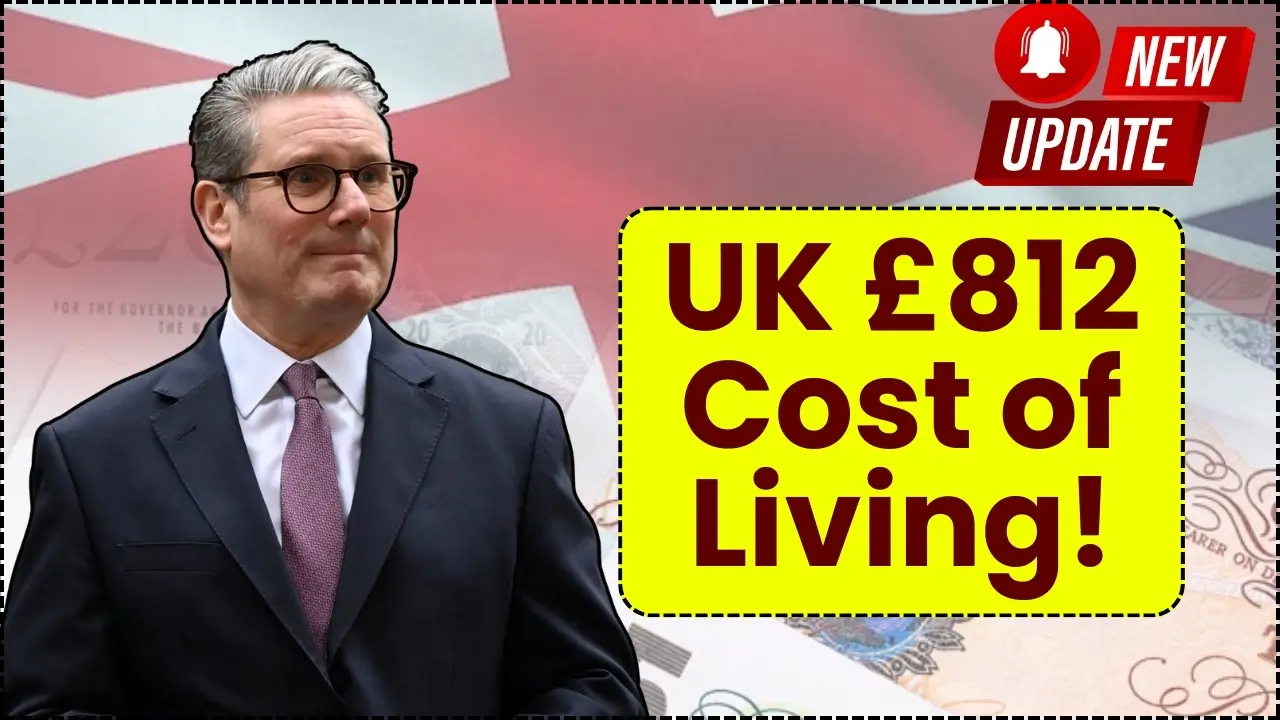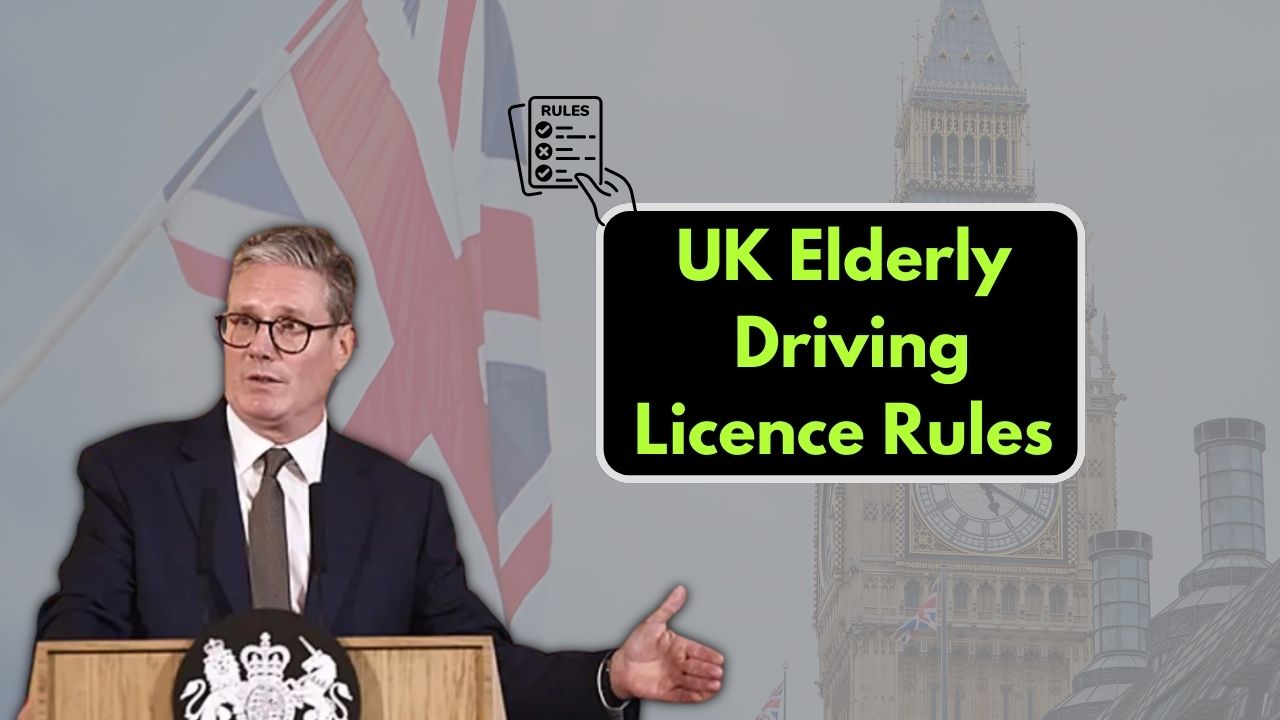As living costs continue to rise across the UK, many families are looking for ways to ease financial pressure. One of the most significant developments in 2025 is the £725 Cost of Living Payment, but it’s not a one-off grant like previous emergency payments. Instead, this figure represents a permanent increase to the Universal Credit (UC) standard allowance, marking the largest real-terms rise in out-of-work benefits in over 40 years. This article explains what the £725 uplift means, who will benefit, and how it will be implemented, providing clarity for households navigating the changing welfare landscape.

The £725 Cost of Living Payment is part of a broader structural reform of Universal Credit, designed to support low-income and out-of-work households while encouraging employment. Unlike previous cost-of-living grants, this is not a lump sum payment. Instead, the figure represents the total annual uplift for a single adult over 25 by the 2029/30 tax year, phased in gradually to account for inflation.
£725 Cost of Living Payment
| Feature | Details |
|---|---|
| Payment Type | Permanent increase to Universal Credit standard allowance |
| Estimated Value | £725 annual income boost by 2029/30 |
| Beneficiaries | Nearly 4 million UC households |
| Legislative Basis | Universal Credit Bill, part of the “Plan for Change” |
| Key Milestone | Biggest permanent real-terms rise since 1980 |
| Objective | Raise living standards and support working families |
Why the Reform Matters
The Universal Credit Bill aims to modernize the welfare system. Government reports indicate that the old structure sometimes discouraged work and failed to provide sufficient financial security for households relying on benefits.
By permanently boosting the standard allowance, the reform provides:
- A stronger financial foundation for working-age households.
- Incentives for recipients to seek sustainable employment.
- Protections for vulnerable populations, ensuring that support is fair, reliable, and inflation-proof.
This represents a long-term approach to welfare, focusing on both immediate relief and sustained financial security for millions of UK households.
Implementation and Phasing
The £725 figure is not a one-off payment. Instead, it reflects the total annual UC increase phased in over several years. Key points include:
- Start Date: April 2025
- Full Effect: By the 2029/30 tax year, UC standard allowance will be approximately £250 higher than it would have been under inflation-only adjustments.
- Gradual Rollout: Phasing ensures that payments remain aligned with inflation, preventing sudden financial shocks to the system.
This makes it the most substantial welfare uplift in decades, providing a predictable boost to household income without the uncertainty of one-off grants.
Who Will Benefit From £725 Cost of Living Payment 2025
The £725 uplift applies to nearly 4 million households currently on Universal Credit. It primarily supports:
- Working-age adults on low earnings or out of work.
- Families seeking to balance work and care responsibilities, giving them more disposable income.
- Vulnerable individuals, including those with severe lifelong conditions and end-of-life cases, who are protected from benefit reassessments.
The legislation ensures that:
- 200,000 people with severe lifelong conditions will not face reassessments.
- Those with a life expectancy of 12 months or less will remain fully protected.
- From 2026/27 to 2029/30, these groups’ payments will increase with or above inflation annually, providing long-term security.
The Right to Try Guarantee
A key innovation in the reform is the Right to Try Guarantee, designed to encourage employment among disabled individuals and those with health conditions. Key points:
- Allows recipients to attempt work without immediate reassessment of benefits.
- Reduces the risk for disabled individuals attempting employment, ensuring they retain financial security if employment doesn’t succeed.
- Supported by £3.8 billion in investment, including training and skill-building initiatives.
This is part of the government’s broader Pathways to Work program, which aims to reduce barriers to sustainable employment and improve economic outcomes for disadvantaged groups.
UC Health Top-Up Reforms
Another technical change under the reform involves the UC health element:
- Starting April 2026, the health top-up for new claims will be £50 per week.
- Existing recipients of the health element will not lose their higher payments, ensuring continuity for those currently receiving support.
- New claimants with severe conditions or end-of-life circumstances will continue to receive the higher rate, preserving protections for the most vulnerable.
This rebalancing strengthens the core UC allowance while safeguarding critical support for those with serious health needs.
Long-Term Impact of the £725 Uplift
The £725 Cost of Living Payment is more than a temporary measure—it represents permanent structural reform of the welfare system. Benefits include:
- Financial stability for households struggling with inflation and rising living costs.
- Increased disposable income for families and working-age adults on low earnings.
- Encouragement for employment participation, without risking immediate benefit loss.
- Enhanced protections for disabled individuals and people with severe health conditions.
For households facing the pressures of inflation and limited income, this permanent UC boost offers both immediate relief and a secure long-term financial outlook.
UK Seniors Face New Driving Licence Requirements – What’s Changing
FAQs About the £725 Cost of Living Payment 2025
Is the £725 a lump sum?
No. It represents a permanent annual UC boost, phased in gradually by 2029/30.
Who will receive the increase?
Nearly 4 million households on Universal Credit.
When does it start?
The phased increase begins April 2025.
What is the Right to Try Guarantee?
It allows disabled individuals and those with health conditions to attempt employment without triggering immediate reassessment of benefits.
Will health top-ups change?
Yes, new claims will receive £50 weekly, while existing recipients retain their current higher rates.
Key Takeaways
- The £725 Cost of Living Payment 2025 is a permanent increase to Universal Credit, not a one-off grant.
- The increase will be phased in gradually, reaching full effect by the 2029/30 tax year.
- Nearly 4 million households will benefit, particularly low-income, working-age adults.
- Vulnerable groups, including those with severe health conditions, are fully protected.
- The Right to Try Guarantee encourages work participation without risking benefit loss.
- Health top-ups are rebalanced to support new claimants while maintaining protections for existing recipients.
Conclusion
The £725 Cost of Living Payment 2025 represents a historic shift in UK welfare policy, marking the largest permanent real-terms increase in out-of-work benefits in decades. By strengthening Universal Credit, introducing employment safeguards, and protecting the most vulnerable, this reform addresses both short-term financial pressures and long-term economic security for millions of households.
Families and individuals navigating the rising cost of living can expect a gradual but meaningful boost in income, improving day-to-day financial stability while encouraging sustainable employment and self-sufficiency. For UK households, the 2025 UC uplift signals a new era in welfare support, one that balances financial relief with long-term security and opportunity.













 Claim Here!
Claim Here!